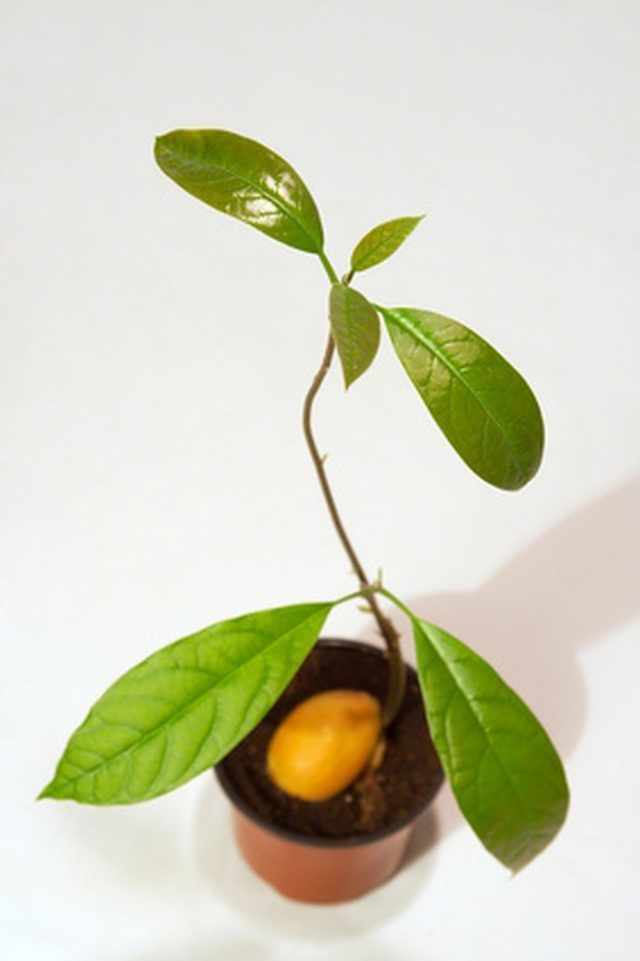Bulbs
Flower Basics
Flower Beds & Specialty Gardens
Flower Garden
Garden Furniture
Garden Gnomes
Garden Seeds
Garden Sheds
Garden Statues
Garden Tools & Supplies
Gardening Basics
Green & Organic
Groundcovers & Vines
Growing Annuals
Growing Basil
Growing Beans
Growing Berries
Growing Blueberries
Growing Cactus
Growing Corn
Growing Cotton
Growing Edibles
Growing Flowers
Growing Garlic
Growing Grapes
Growing Grass
Growing Herbs
Growing Jasmine
Growing Mint
Growing Mushrooms
Orchids
Growing Peanuts
Growing Perennials
Growing Plants
Growing Rosemary
Growing Roses
Growing Strawberries
Growing Sunflowers
Growing Thyme
Growing Tomatoes
Growing Tulips
Growing Vegetables
Herb Basics
Herb Garden
Indoor Growing
Landscaping Basics
Landscaping Patios
Landscaping Plants
Landscaping Shrubs
Landscaping Trees
Landscaping Walks & Pathways
Lawn Basics
Lawn Maintenance
Lawn Mowers
Lawn Ornaments
Lawn Planting
Lawn Tools
Outdoor Growing
Overall Landscape Planning
Pests, Weeds & Problems
Plant Basics
Rock Garden
Rose Garden
Shrubs
Soil
Specialty Gardens
Trees
Vegetable Garden
Yard Maintenance
How to Grow Hass Avocado Trees
How to Grow Hass Avocado Trees. The Hass avocado is named for Rudolph Hass, who planted the first one in his orchard in the 1920s, and is famous all over the world. Every Hass avocado tree is descended from one tree, which died in 2002 from root fungus. According to the California Avocado Commission, "Today, the Hass accounts for about 80 percent...

The Hass avocado is named for Rudolph Hass, who planted the first one in his orchard in the 1920s, and is famous all over the world. Every Hass avocado tree is descended from one tree, which died in 2002 from root fungus. According to the California Avocado Commission, "Today, the Hass accounts for about 80 percent of all avocados eaten worldwide and generates more than $1 billion a year in revenues in the U.S. alone." The tree produces nubbly, black-skinned fruit prized for its taste and loved by grocers for its long shelf life. If you live in a tropical or semi-tropical climate, they're beautiful and productive trees that can be grown in your yard.
Things You'll Need
Hass avocado
Sharp knife
Toothpicks
Clear water glass
Water
Medium-sized flowerpot
Potting soil
Shovel
Garden stakes and ties
Fertilizer
Buy a Hass avocado at the grocery store. You'll recognize them by their bumpy, dark green, wrinkled skin, very different from the larger, light-green, smooth-skinned varieties. At home, cut the avocado in half, lengthwise, and pry the pit out of the fruit. (Enjoy the fruit in a salad, or by itself.)
Pierce the avocado seed on three sides with toothpicks. Fill a clear water glass two-thirds full of water, and suspend the seed and toothpicks so that the bottom of the seed is submerged in the water, and the pointy end of the seed is pointed up. Make sure your water glass is transparent. Light will not penetrate colored glass as well, causing the water to grow organisms and the seed to rot.
Place the glass in a sunny spot, and in two to six weeks, roots and leaves will be well-established. Plant the seedling in a medium-sized flowerpot filled with potting soil that drains easily. If you want to continue growing your Hass avocado tree indoors, make sure it gets plenty of sunlight, and allow the soil to dry out between waterings. These trees are prone to root rot and fungus, so make sure the soil drains well, and never allow the pot to sit in water.
Plant your avocado seedling outdoors if your climate is humid, tropical or semi-tropical. Avocado trees grow well outdoors in California, Florida, Texas and South Carolina. Choose a spot that gets plenty of sun and good drainage. The site should also be large--about 15 to 20 feet. Avocado trees have an extensive root system and can disrupt the roots of other plants if they are too close.
After digging the hole, pour water in the bottom before setting in the seedling, to help prevent transplant shock. Stake the plant for support until its trunk is strong enough to stand alone in windy conditions.
Add plant fertilizer every two weeks when watering, and observe soil conditions to be sure the ground doesn't become too soggy. Keep an eye on the leaf color of the Hass avocado. If the leaves begin to yellow, amend the soil with iron. If your climate is humid, watch for fungus problems like white mildew, scab and cercospora spot.
Be patient. A Hass avocado seedling will take 10 to 15 years to produce fruit.
Tips & Warnings
If you prefer faster results, buy a larger seedling Hass avocado tree from your local nursery. Be sure to knock soil loose from the root ball when you plant it. "Disturbing" the roots in this manner will stimulate growth in the tree's new surroundings.